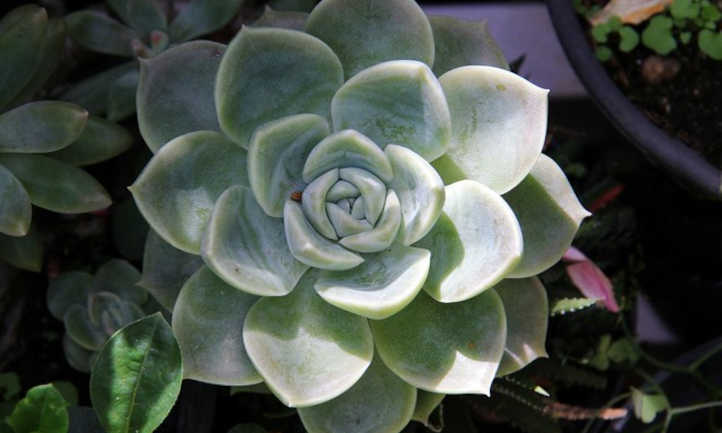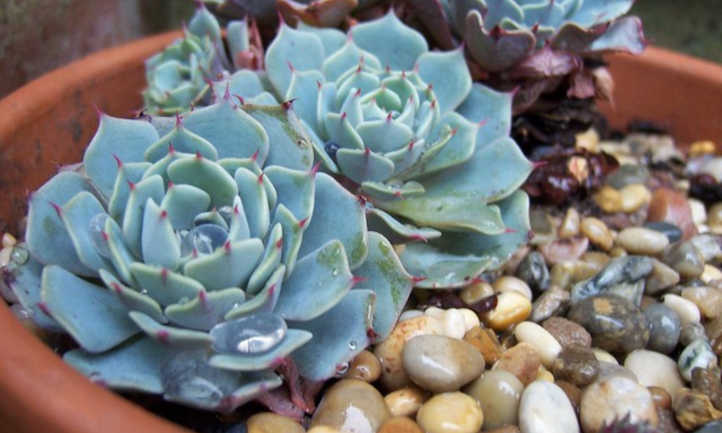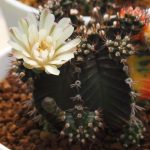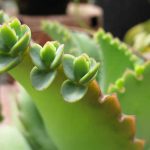The Mexican snowball, also known as Echeveria elegans, is a stunning succulent plant. Delve into the essentials of its care and upkeep here!
Echeveria elegans stands out as a quintessential succulent, featuring compact rosettes of plump leaves with a blue-green-grey hue, and a velvety coating of farina. Often referred to as the “Mexican gem,” this plant embodies elegance.
With monikers like Mexican snowball, this drought-tolerant native of Mexico boasts a spherical shape that complements succulent gardens, rockeries, and container displays indoors. Widely available at garden centers, this plant is a popular choice for both novice and experienced gardeners, even earning recognition from the Royal Horticultural Society.
The beauty of Echeveria elegans goes beyond aesthetics; its compact rosettes can enrich any garden space and, if encouraged to bloom, its vibrant hot pink flowers steal the show. As an excellent starting point for succulent enthusiasts, cultivating this plant helps in grasping the fundamentals of desert plant care and propagation.
Handy Products for Echeveria Elegans on Amazon:
- Safer Brand Insect Killing Soap
- Harris Food-Grade Diatomaceous Earth With Duster
- Neem Bliss 100% Cold Pressed Neem Oil
Quick Care Essentials

| Common Name | Mexican snowball, Mexican gem, white Mexican rose |
| Scientific Name | Echeveria elegans |
| Family | Crassulaceae |
| Height & Spread | 1’ tall, 6-8” wide |
| Light | Full or partial sun |
| Soil | Well-draining, coarse sand |
| Water | “Soak and dry” |
| Pests & Diseases | Aphids, mealybugs, spider mites, root rot |
Comprehensive Insights into Echeveria Elegans

Unsurprisingly, ‘elegans’ in Latin means elegant, a fitting descriptor for this refined plant. Apart from being known as the Mexican snowball or Mexican gem, it’s sometimes referred to as the white Mexican rose, although it’s not exactly white nor a snowball.
Botanically, Echeveria elegans often gets mistaken for other succulents within the Crassulaceae family and Echeveria genus due to their similar appearances. Thankfully, these plants share comparable care needs. So, even if your Mexican snowball (Echeveria elegans) ends up being a close relative like E. potosina, you can still cultivate it successfully.
To identify a true Echeveria elegans, observe its triangular, plump leaves that store water. These leaves form rosettes that can either cluster in a sphere shape or sprawl out flat. Certain cultivated varieties can feature up to 100 leaves in a single rosette, growing to about six inches in height and spreading up to a foot wide.
However, what truly sets this species apart is its flowers. During late winter, spring, and summer, Mexican snowball plants develop distinct blossoms atop slender stalks. Unlike the soft, rose-like flowers on many Echeverias, this species boasts lantern-shaped pink blooms with pointed petals tipped in vivid yellow, creating a striking contrast against the pale rosette below.
Propagation of Echeveria elegans is straightforward, achievable through both its leaves and the offsets it produces. Its growth pattern resembles that of Hens and Chicks, leading to occasional mislabeling, despite belonging to a different genus. Lastly, it’s important to note that Echeveria elegans (Mexican snowball) poses no toxicity risks to humans, cats, or dogs, making it a safe choice for indoor cultivation, even in households with inquisitive pets.
Caring for Your Mexican Snowball Plant

A common household succulent is Echeveria elegans, also known as Mexican snowball, which is well-known for its low-maintenance requirements.
Sun and Temperature
For optimal growth, Echeveria elegans needs a minimum of 6 hours of sunlight daily, preferably in a location with full sun to partial shade. If grown indoors, placing this white Mexican rose in a south-facing window works best. Alternatively, partial sun can suffice if space is limited. This desert succulent thrives in zones 9-11 but is not frost-resistant in constant freezing temperatures. To protect it in colder zones, bring the plant indoors as winter approaches. Once the threat of frost passes, feel free to return it outside.
Water and Humidity
Following the “soak and dry” method, Echeveria elegans requires sporadic deep watering due to its origin as a desert plant. It’s crucial to allow the soil to completely dry out for a few days before watering. Avoiding excess moisture and humidity is key to preventing insect attraction and succulent rot. While terrarium gardens may seem enticing, they can harm plants like Mexican snowball due to increased humidity.
Soil
The essential takeaway is that Echeveria elegans thrives in well-draining soil to prevent water saturation, choosing a slightly acidic, sandy soil mix suitable for succulents and cacti. If grown in containers, ensure they have adequate drainage.
Fertilizing
Fertilization is not necessary for Echeveria elegans, as this plant species, like many Echeverias, flourishes in nutrient-poor soils. However, sluggish growth may indicate a need for balanced, slow-release fertilizer.
Pruning
Pruning Mexican snowball (Echeveria elegans) is generally unnecessary, as the plant naturally sheds its lower, older leaves to make room for new growth. Removing browning or withered leaves can enhance the plant’s appearance.
Propagation
Similar to Hens and Chicks plants, propagating Echeveria elegans is straightforward through leaf, offsets, or stem cuttings. Properly selecting and caring for the cuttings will yield new growth within weeks, eventually developing into mature Mexican snowball plants.
Troubleshooting
Growing Problems
Issues like etiolation, which causes elongation due to insufficient sunlight, can be resolved through propagation. Sunburn, another concern, can scar the leaves and hinder photosynthesis, prompting a move to partial shade and possibly removing sun-damaged leaves for aesthetic purposes.
Pests
While Mexican snowball plants are generally pest-resistant, common pests like aphids, mealybugs, and spider mites may occasionally appear. Monitoring and addressing these pests promptly with suitable treatments like insecticidal soap or neem oil can safeguard the health of your succulents.
Common Pests
When examining your succulent, be on the lookout for signs of pest infestations like yellowing, shriveling, or dropping leaves. Neglecting these signs could result in the demise of your beloved plant. To tackle spider mites or other pests, maintain regular cleaning of debris and insects from your succulents. In case of severe infestations, consider using neem oil or other plant-based oils such as canola or cinnamon.
Diseases
Overwatering is the silent killer of succulents. The excess moisture creates a breeding ground for harmful bacteria and fungi like pythium and fusarium, leading to the fatal root rot. Once root rot takes hold, quick action is essential. Trim away infected parts and replant in fresh soil to salvage your plant. Discard diseased portions far away to prevent the spread of disease through the soil. Prevention involves vigilant watering practices, keeping leaves dry, and ensuring proper ventilation for the plant.
Frequently Asked Questions

Q: Does Echeveria elegans need sunlight?
A: Echeveria elegans thrives in bright sunlight, requiring at least 6 hours of it daily, either direct or indirect. Partial shade is tolerable in certain conditions where full sun is unavailable.
Q: What is Echeveria elegans used for?
A: Echeveria elegans is a versatile succulent, ideal for outdoor rock gardens, ground cover, containers, or indoor settings. It is a popular ornamental plant in landscaping and sometimes incorporated in floral arrangements due to its beauty and versatility.
Q: How often should I water echeveria?
A: Water echeveria when the soil has been dry for a few days, typically ranging from weekly to monthly based on environmental factors. Adjust watering frequency during propagation and winter months to prevent overwatering.
Q: Is Echeveria elegans a cactus?
A: While Echeveria elegans shares similarities with cacti in water storage and sunlight needs, it belongs to the Crassulaceae family and is not botanically classified as a cactus.






